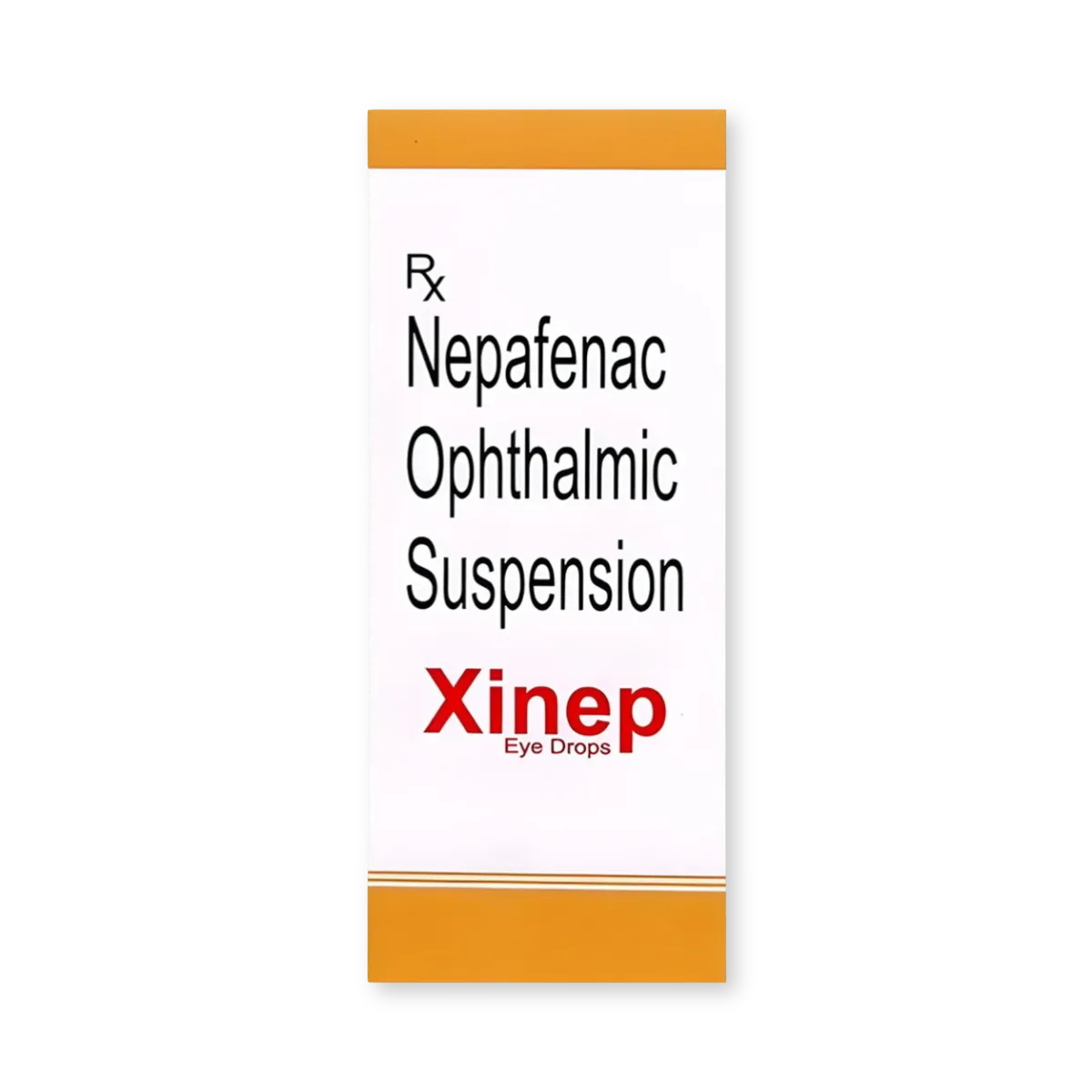Amoxicillin is a widely used antibiotic that can be a viable option when treating eye infections.
Eye infections are common, caused by various factors like bacteria, viruses, or allergies.
Amoxicillin is effective against bacterial infections and can aid in alleviating the discomfort associated with such eye conditions.
This antibiotic works by inhibiting the growth of the bacteria responsible for the infection.
This article will explore Amoxicillin for eye infection dosage, how fast it works, and its side effects.
Amoxicillin for Eye Infection: It’s Dosage
The dosage of Amoxicillin for an eye infection varies depending on the severity of the eye infection and the patient’s age.
A typical dose for adults and older children might range from 250mg to 500mg, taken every 8 hours.
Pediatric doses are based on the child’s weight, the doctor will determine the appropriate dosage.
For eye infections, Amoxicillin may be prescribed in oral or ointment form.
Ointments are applied directly to the affected eye. The formulation choice depends on the infection’s type, severity, and doctors’ recommendations.
Follow your healthcare provider’s instructions closely to achieve the best results with Amoxicillin for eye infections.
To learn more about other antibiotics for eye infection, read Antibiotics for eye infection.
Save up to 90% on your medicine bills

Vigamox 5 ml

Oflox 5 ml

MFC 5 ml

Xinep 5 ml
How Fast Does Amoxicillin Work for Eye Infection
The speed at which Amoxicillin works for an eye infection can vary in individuals and is influenced by the severity of the infection.
Patients may often notice improvements within a few days of starting the antibiotic eye infection treatment.
To enhance the effectiveness of Amoxicillin for your eye infection, maintaining good hygiene is very important.
However, it’s essential to continue taking Amoxicillin for the entire prescribed duration, even if the eye infection symptoms subside.
Stopping the antibiotic prematurely can allow the bacteria to rebound and the infection to return.
To learn more about symptoms of eye infection, read Eye Infection Symptoms You Need to Look Out For.
Side Effects of Amoxicillin
Amoxicillin is usually used for treating pink eye, especially for bacterial pink eye treatment.
While Amoxicillin is generally well-tolerated, like any other medication, it can cause side effects in some individuals.
These side effects are typically mild and short-lived; common side effects of Amoxicillin include:
- Nausea: Some people may experience a common mild nausea while taking Amoxicillin. It is advisable to take the medication with food to reduce this effect.
- Diarrhea: Diarrhea can occur as a side effect of Amoxicillin. If Diarrhea worsens or persists, it’s important to contact a healthcare professional.
- Allergic reactions: In rare cases, individuals may experience an allergic reaction to Amoxicillin, which can manifest as hives, swelling, or difficulty breathing. If any signs of an allergic reaction occur, seek immediate medical attention.
- Yeast infection: Amoxicillin can disrupt the balance of bacteria in the body, potentially leading to infections, particularly in infants.
To learn more about Amoxicillin used for pink eye treatment, read Amoxicillin For Pink Eye: Exploring the Effectiveness.
Conclusion
Amoxicillin for eye infection is a reliable and effective solution to combat eye infection.
The correct dosage, as determined by your doctor, is crucial for a successful and speedy recovery.
It usually takes 48 to 78 hours for the antibiotic to make improvements, but finishing the entire course is vital to prevent a recurrence of the infection.
Keep an eye out for the side effects, which are often mild but can include nausea, vomiting, or a skin rash.
If you experience severe symptoms like swelling, breathing difficulties, or severe rashes, don’t hesitate to consult your doctor.

Frequently Asked Questions
Can I use Amoxicillin to treat an eye infection?
Yes, Amoxicillin is sometimes prescribed for eye infections such as pink eye and Stye. It’s crucial to consult a healthcare professional who will determine the right treatment for your specific condition. See our Recommendations
How quickly does Amoxicillin work for an eye infection?
Amoxicillin shows Improvement within 48 to 78 hours, but it is essential to be patient and continue the treatment prescribed to ensure complete eradication of the infection. See our Recommendations
Can I use leftover Amoxicillin from a previous prescription for my eye infection?
No, It is not recommended to use leftover antibiotics for a new infection. Always consult a healthcare provider for a proper diagnosis and prescription tailored to your specific condition. See our Recommendations
Can I use leftover Amoxicillin from a previous prescription for my eye infection?
If you miss a dose, take it as soon as you remember. However, do not double the next dose to compensate for the missed one. Maintain the prescribed schedule as closely as possible. See our Recommendations
Can I consume alcohol while taking Amoxicillin for an eye infection?
No, It’s generally advisable to avoid alcohol while on antibiotics, including Amoxicillin, as it can reduce the drug’s effectiveness and potentially worsen side effects. See our Recommendations
Can I give Amoxicillin to my child for an eye infection?
Yes, pediatric dosages of Amoxicillin differ from those for adults. It’s crucial to consult a pediatrician for the appropriate prescription and guidance when treating eye infections in children. See our Recommendations
Cheap Medicine Shop only refers to credible, authoritative sources for our content. If you’re curious about how we ensure the integrity of our content, we encourage you to read our Content Information Policy.











